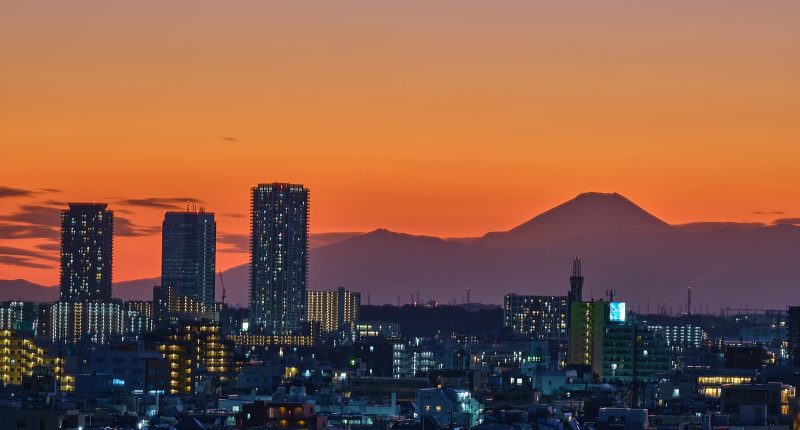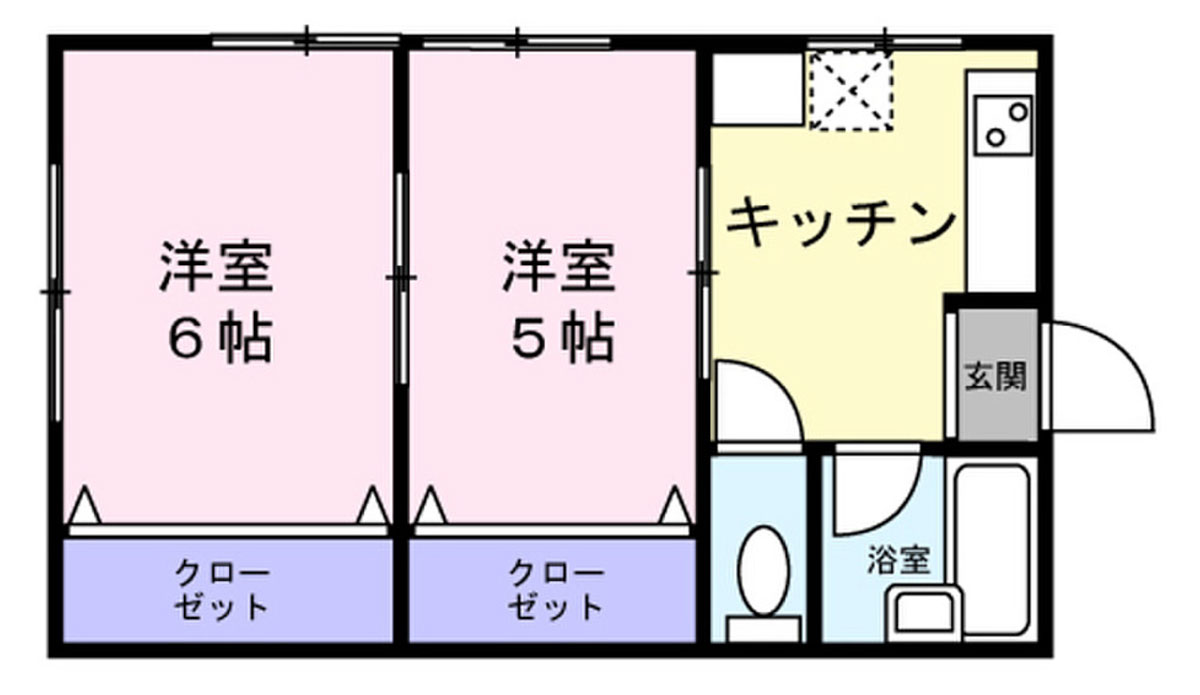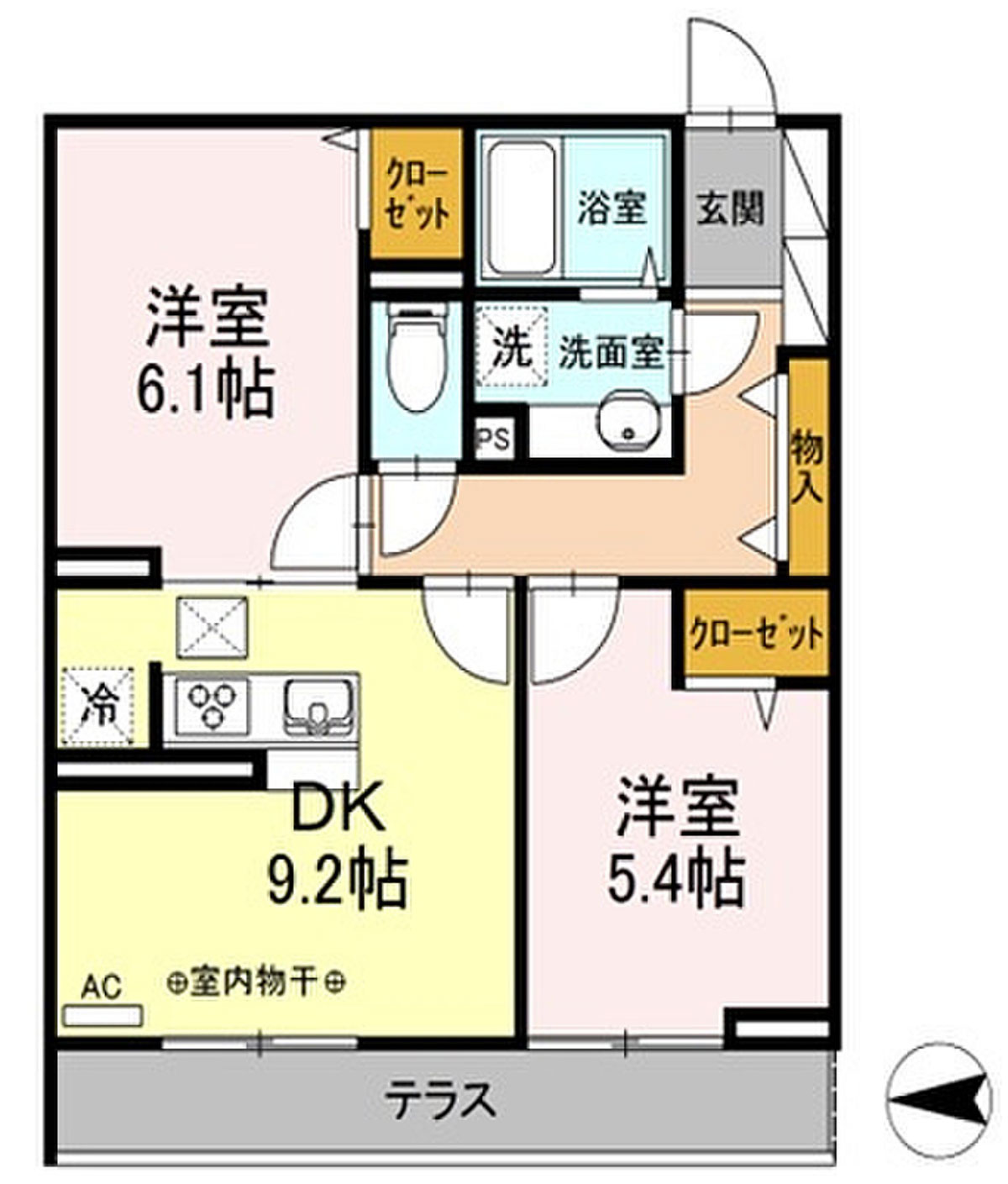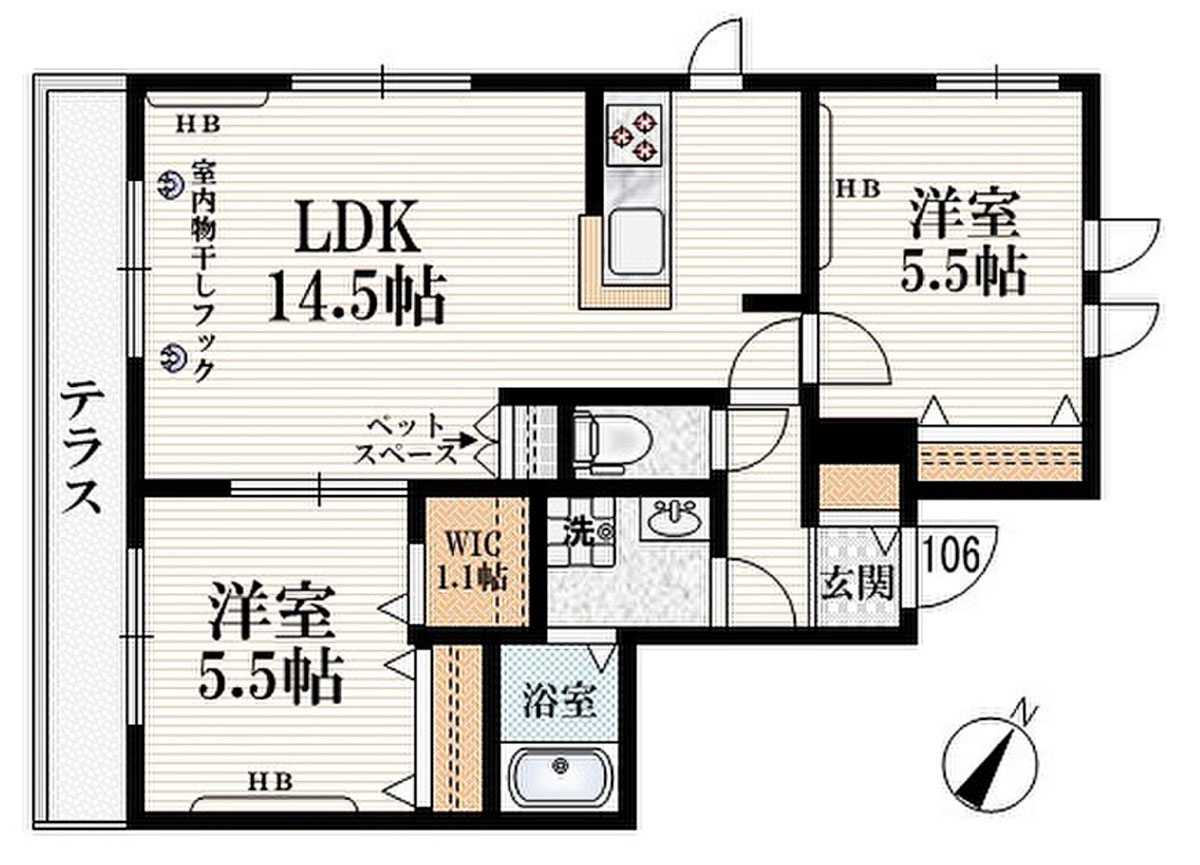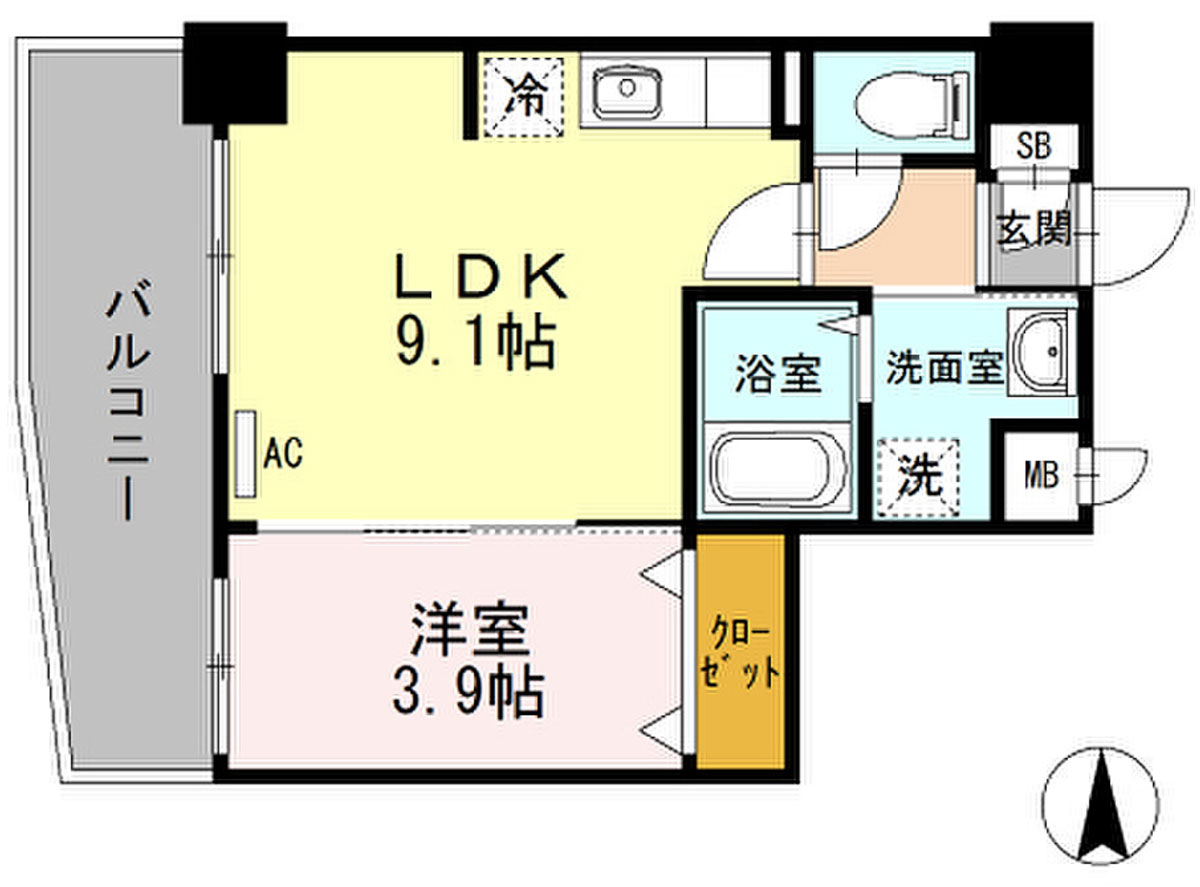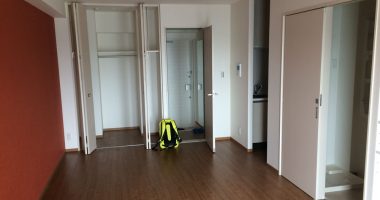The below is a brief overview of the types of properties in Japan and how they are listed on the common property websites.
Types of Property

Manshon (マンション)
If you’re searching for a property in Japan, one of the first words you’ll come across is “manshon”. Manshon (マンション) in Japan is not some countryside palace; it is used to refer to what other countries might call condominiums, flats, or apartments. Manshon signifies a higher quality of residence: the rooms are typically built to higher standard and may have a concierge, electronic postal delivery boxes, keyless fobs for entry, and so on. Because of this they are also more expensive. There are two broad categories of manshon in Japan.
Bunjō Manshon (分譲マンション)
These are higher quality properties sold to people who want to actually live in the room (rather than lease it for investment income). Perhaps the closest English translation is “condominium”.
Chintai Manshon (賃貸マンション)
These are rental properties, typically built for the purpose of leasing and investment return. Accordingly, quality is less of a focus.
Apārto (アパート)
Manshon are the most common types of rooms in Japan, but you may occasionally see apārto, as well. There is no official distinction between a manshon and apārto, but generally speaking apārto is used for wooden or concrete structures with just two floors.
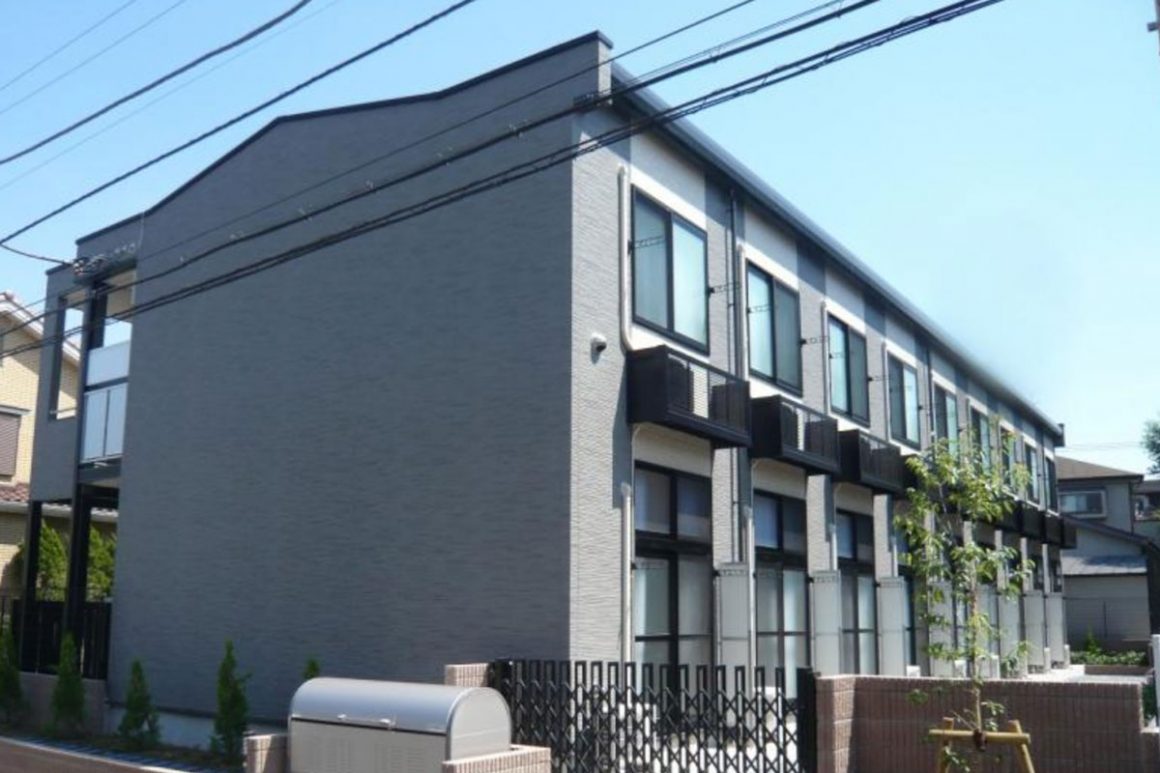
Houses
Typically found more in Tokyo’s suburbs. Obviously more spacious and often have a space for parking. In Japanese, they are called ikkodate (一戸建て).
When searching for properties, you may also notice letters in the advertisement denoting the materials of which the structure is made. “W” means wood, “S” means steel, “RC” means reinforced concrete, and “SRC” means a combination of steel and reinforced concrete. Especially for renters, these shouldn’t be too much of a concern: Japan’s has strict regulations relating to earthquake-proofing. However, these standards have changed over time, the most important of which was the Building Standards Law of 1981 which stipulated that structures must be able to withstand an earthquake measuring 6 to 7 on the Richter Scale.
Terminology & Layouts
Measurements
Apartments sizes are generally given in square meters, although if you look at the room layouts you will often see sizes measured in jō, as well. jō is an old measurement of area. The kanji is 帖, and 1 jō is equivalent to 1.548m2, so 6 jō is about 10m2.
Layout
The next thing you’ll need to understand is the terminology used for property layouts in Japan. Room layout is called madori (間取り)—look in any real estate agent’s window and you will see plots of the property with “1DK”, “2LDK”, “1K”, and so on written next to them. While you might guess that “L” means living room, “D” means dining room, and “K” means kitchen, it’s not so obvious what the difference between, say, a 1DK and 1LDK is exactly. In fact, the usage depends on the size of the living and the number of bedrooms.
For properties with 1 bedroom:
- 8 jō and above is an “LDK”
- 4.5 jō and above is an “DK”
- Under 4.5 jō is an “K”
For properties with 2 or more bedrooms:
- 10 jō and above is an “LDK”
- 6 jō and above is an “DK”
- Under 4.5 jō is an “K”
